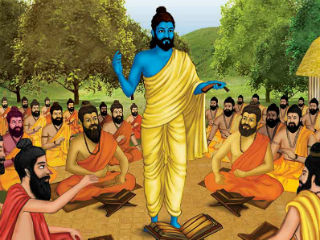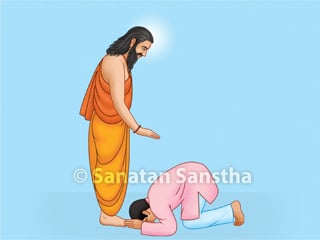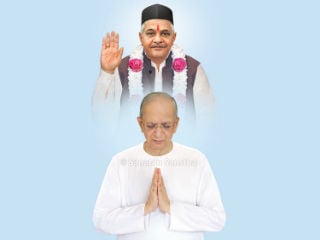Nariyal Poornima (Pournima) and Shravani
Nariyal Poornima(Pournima) is a festival celebrated during the change of seasons. During Nariyal Poornima (Pournima) the rainfall decreases. This festival is celebrated along the entire coastline of Bharat with great pomp and splendour.











